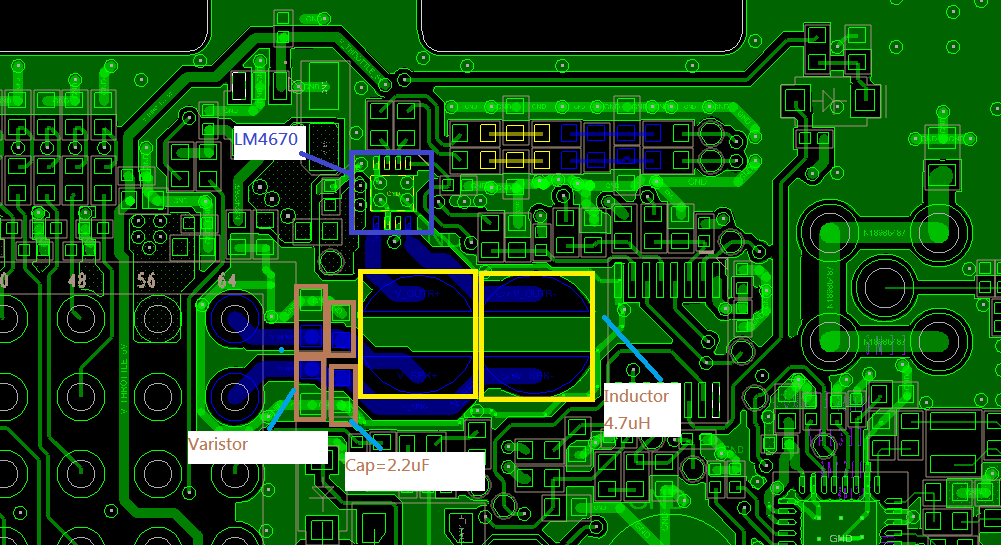customer reported low resistor issue in pins VO1/2 of LM4670. it looks like EOS issue. is there any comments for for VO1/2 EOS improve?
-
Ask a related question
What is a related question?A related question is a question created from another question. When the related question is created, it will be automatically linked to the original question.




